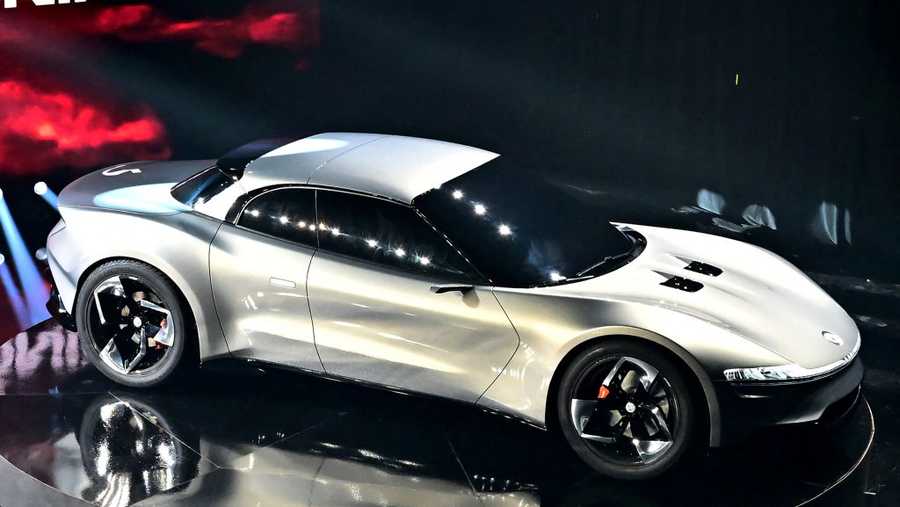California carmaker, once worth $2.9 billion, warns of looming bankruptcy
Fisker, a California-based electric vehicle designer that hoped to compete with Tesla, is teetering on the edge of bankruptcy.
The company revealed its dire situation in a filing with the Securities and Exchange Commission on Tuesday. Once valued at $2.9 billion, Fisker’s coffers have dwindled to the point where the company failed to make an $8.4 million interest payment in March. Without fresh capital or relief from debt holders, the carmaker expects it will need to file for bankruptcy within 30 days, the filing revealed.
Fisker did not immediately respond to SFGATE’s questions about what bankruptcy might mean for customers.
Headquartered in Manhattan Beach, Fisker also wrote that it plans to lay off workers and cut its real estate footprint. The company has already cut hundreds of jobs this year, bringing its headcount from 1,560 at the end of last year to 1,135 as of Friday, per the filing.
In a section of the filing that described the risks of investing in Fisker, the company offered bleak advice: “There is substantial doubt about our ability to continue as a going concern.” The phrase “going concern” is an accounting term that describes companies able to make payments on time.
“Our ability to develop, manufacture and obtain required regulatory approvals for a car of sufficient quality and appeal to customers on schedule and on a large scale is unproven,” Fisker continued.
One headache for Fisker is the reception of its SUV, the Ocean. As of April 16, the company had delivered 6,400 of the car, per the filing, but the Ocean has garnered a fair share of complaints. The National Highway Traffic Safety Administration is investigating the car’s braking system, the danger it could roll away when parked and a problem with the Ocean’s door latches that prevented the doors from opening.
Marques Brownlee, a technology reviewer who’s earned a massive following on YouTube, piled more negative attention on the Ocean with a February video titled “This is the Worst Car I’ve Ever Reviewed.”
The threat of Fisker’s bankruptcy and the Ocean’s poor sales numbers are particularly notable due to the $1.8 billion that financiers have poured into the company since its founding in 2016, per Crunchbase. Fisker went public through a SPAC deal in 2020 that valued the carmaker at $2.9 billion; such deals were common during the pandemic and give startups quicker access to funds than traditional public offerings. Tuesday, Fisker’s market cap hovered around $21 million.
Henrik Fisker, who co-founded the company, saw his previous carmaking venture go through bankruptcy proceedings in 2013. That company, which was called Fisker Automotive, also burned through more than $1.4 billion in funds.



